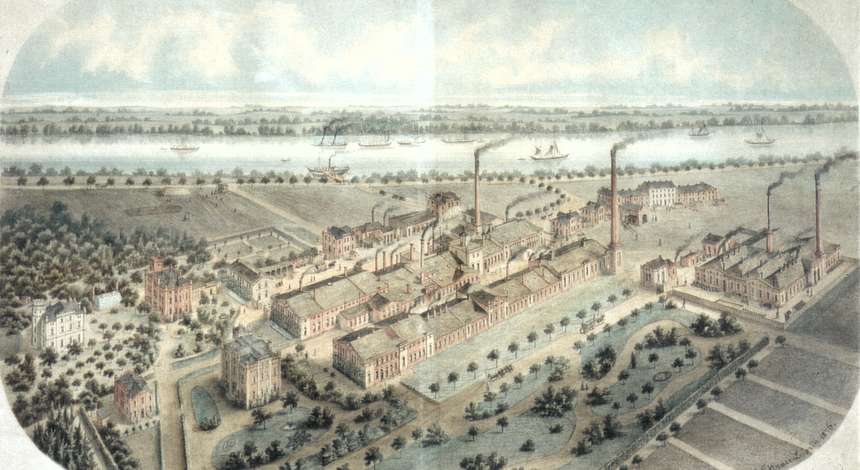
After the expiry of the patent, there was an intense competitive battle on the ultramarine market. From 1861 Carl Leverkus built a new factory between the villages of Wiesdorf am Rhein and Mülheim by Cologne for financial reasons. It opened in the spring of 1862. Leverkus employed 78 workers. Many of them moved from Wermelskirchen to the Rhine and lived next door to the factory buildings in workers housing made up of more than 30 flats. He named the workers settlement Leverkusen after his family name. With the price battle on the ultramarine market, Leverkus applied for the concession for a second factory that produced alizarin dye from 1874.
Carl Leverkus married Juliane Auguste Küpper from Wermelskirchen in 1838. The couple had eleven children. Three of the four sons became shareholders in the company from 1869 to 1874.
Carl Leverkus died on 1 February 1889 in 'his' Leverkusen and was buried Wermelskirchen.

A year after the opening of the Leverkus factory on the Rhine, the public trading company 'Friedr. Bayer et comp.' was founded on 1 August 1863 in Barmen – now a district of Wuppertal – by the paint merchant Friedrich Bayer and the dye producer Johann Friedrich Weskott. The aim of the company was to produce and sell synthetic dyes. New inventions such as the synthesis of the red dye alizarin and the great demand for tar dyes led to a boom. The financial basis for the expansion led to the conversion of the firm into a joint-stock company in 1881 as the paint factories of Friedr. Bayer & Co. The considerable growth of the company in the first years is also demonstrated by the number of employees which grew from three in 1863 to over 300 in 1881.
From 1881, Bayer developed into an international chemical company. Dyes remained the biggest part of the business but other business fields were added. The main significance for the further development of the company was the establishment of effective research by Carl Duisberg. In Wuppertal-Elberfeld – from 1878 to 1912 also the company HQ – a scientific laboratory was set up to establish industrial research standards. The results of the Bayer research covered countless intermediate goods, dyes and medicines, which included the pharmaceutical of the century aspirin developed by Felix Hoffmann and introduced to the market in 1899.
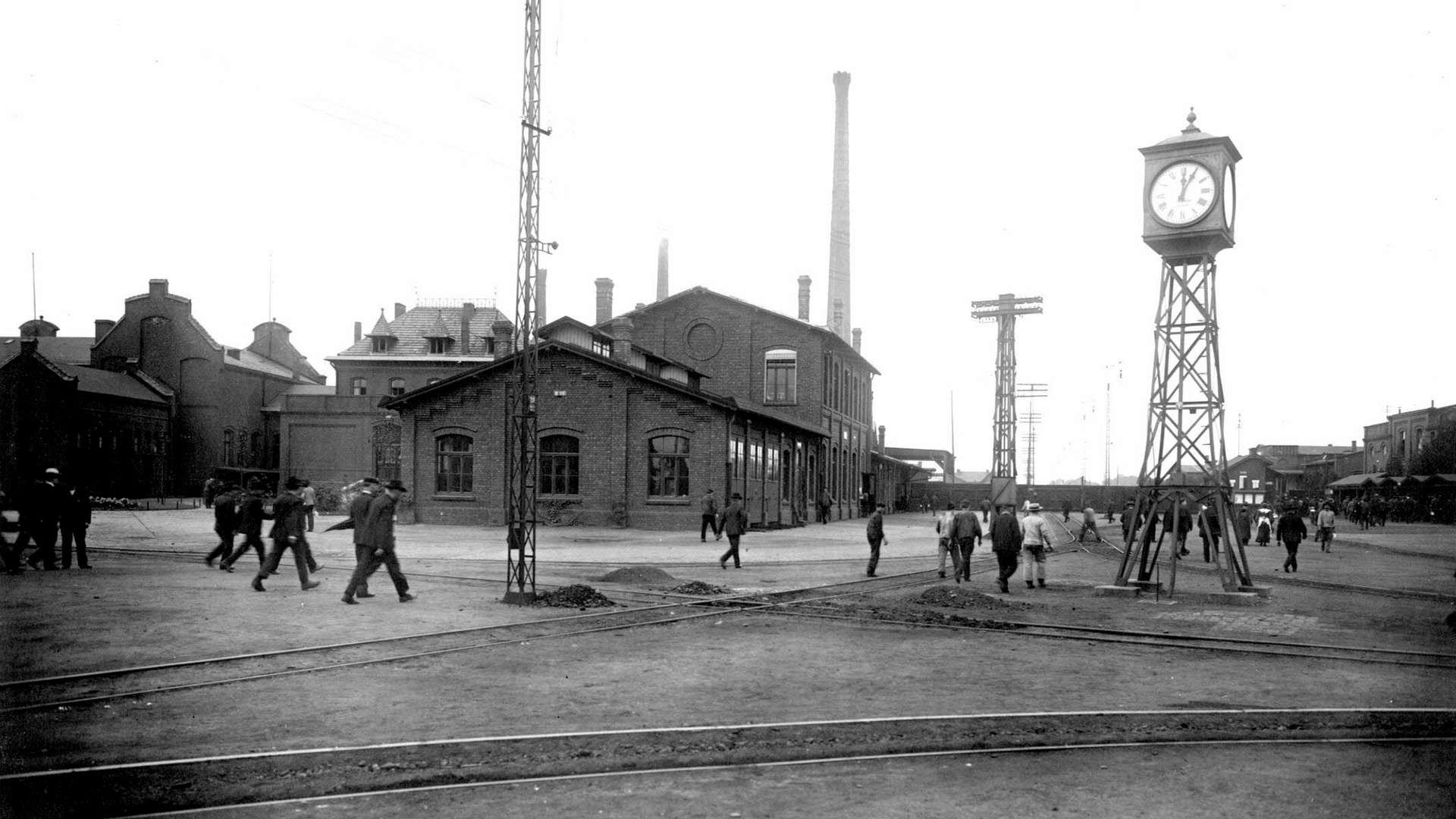

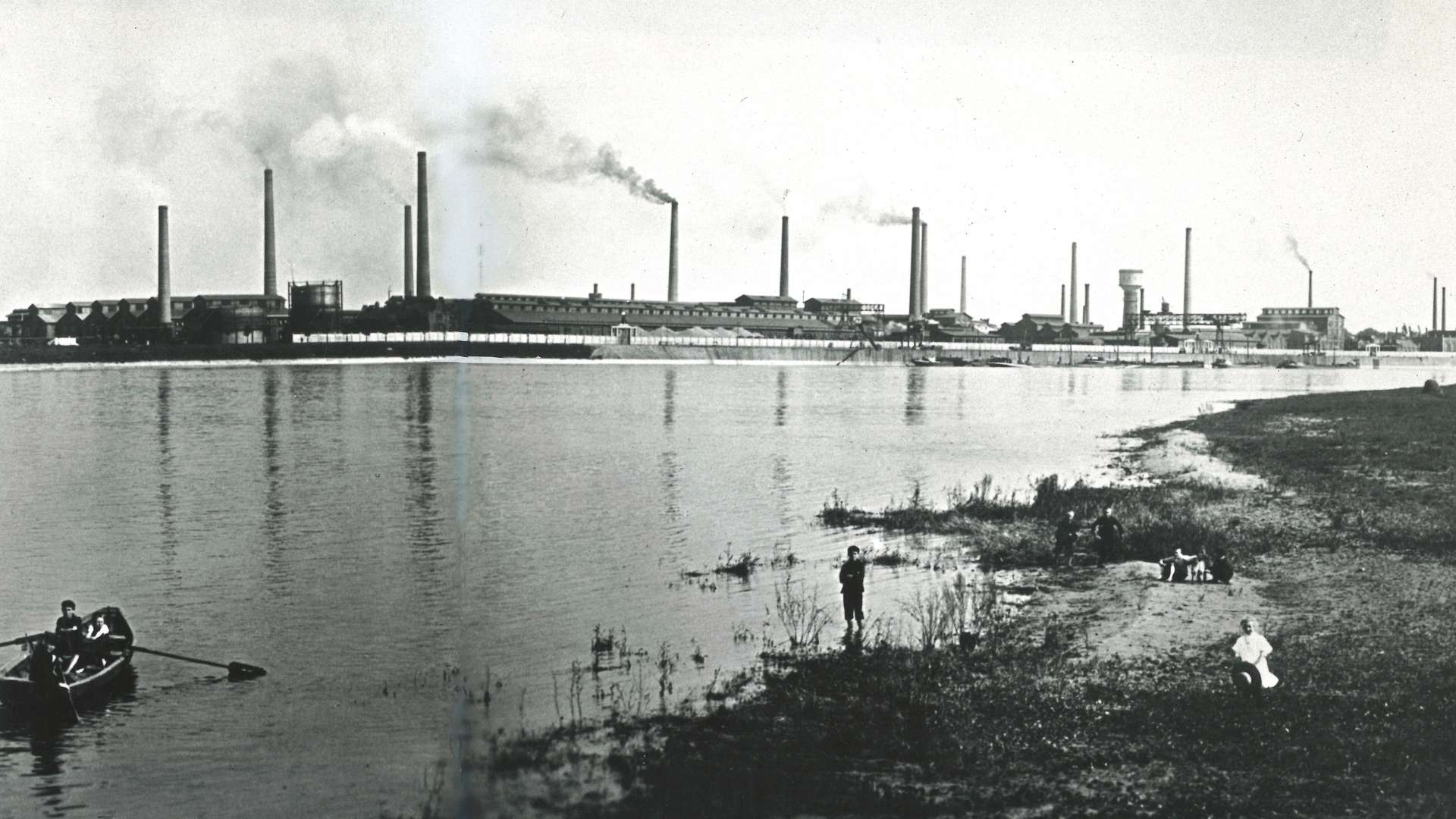
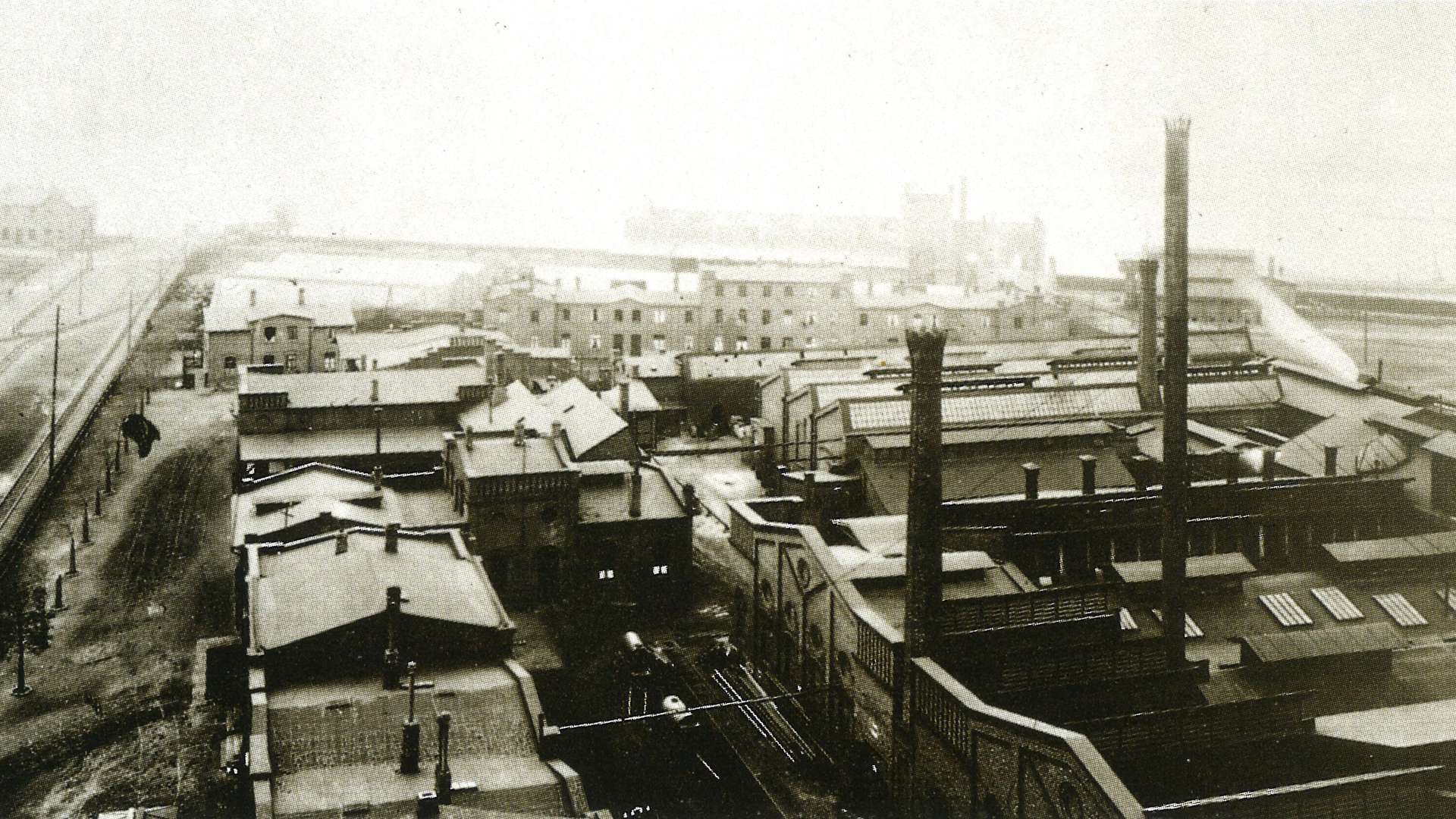
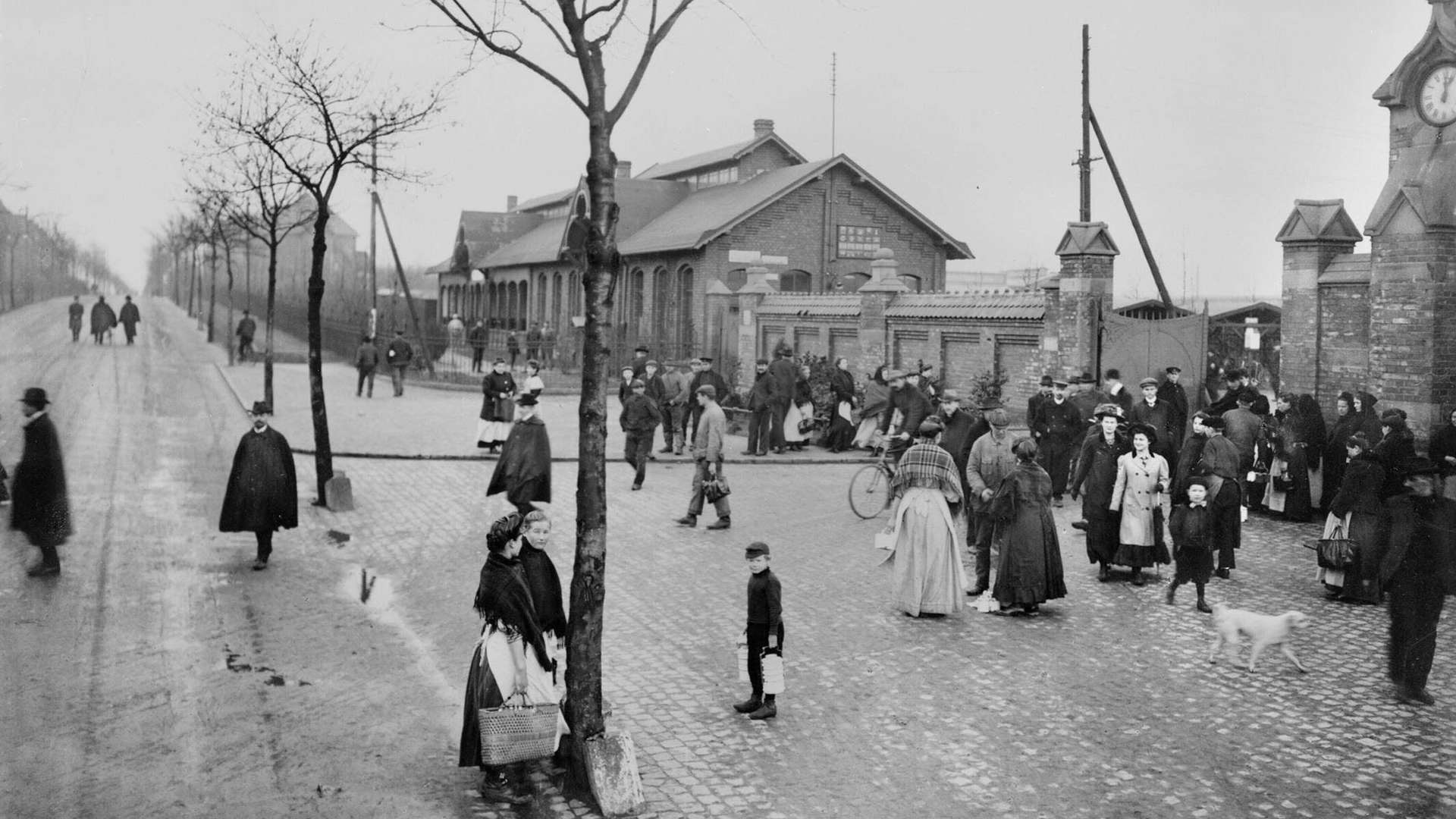
The site of Elberfeld proved to be too small. For that reason, Bayer first bought the alizarin factory of Dr Carl Leverkus & Söhne north of Cologne in 1891 and later additional land on the Rhine. Up to 1924, the dyestuff factories gradually not only took over more land from the Leverkus family for the establishment of factories, the villas of the factory owners and workers housing but also produced the name of Leverkusen. In accordance with plans made by Duisberg, who was the general director of the company from 1912 to 1925, Bayer systematically expanded this site from 1895. Leverkusen became the company HQ in 1912.
In the 1890s the fishing and farming village of Wiesdorf was unable to house the workers and directors of the Elberfeld factory so they had to make a daily pilgrimage by train and horse-drawn carriages in the first few years from Elberfeld to the factories in Leverkusen as the company was now called. Only as the board starts to build the first housing estates around Wiesdorf, the employees at the dyestuff factories gradually move from Wuppertal with 20,000 inhabitants, to Wiesdorf on the Rhine, a village with a population of around 2,000. The people from Wuppertal very quickly miss their cultural entertainment such as theatre and orchestral performances as well as sporting activities that the clubs provide of an evening. In February 1903, the two employees Wilhelm Hauschild, a long-standing official of the Wuppertal gymnastics club and August Kuhlmann, head of men's gymnastics at the Sonnborn gymnastics club approach the management of the factory and office staff of Bayer AG and asked for support in establishing a works gymnastics club. This approach was approved in a letter from November 1903. Six months later, 120 years ago on 1 July 1904, the gymnastics and sports club of the dyestuff factories of Friedrich Bayer & Co. in Leverkusen is formed. This club has been writing history ever since.
Related News
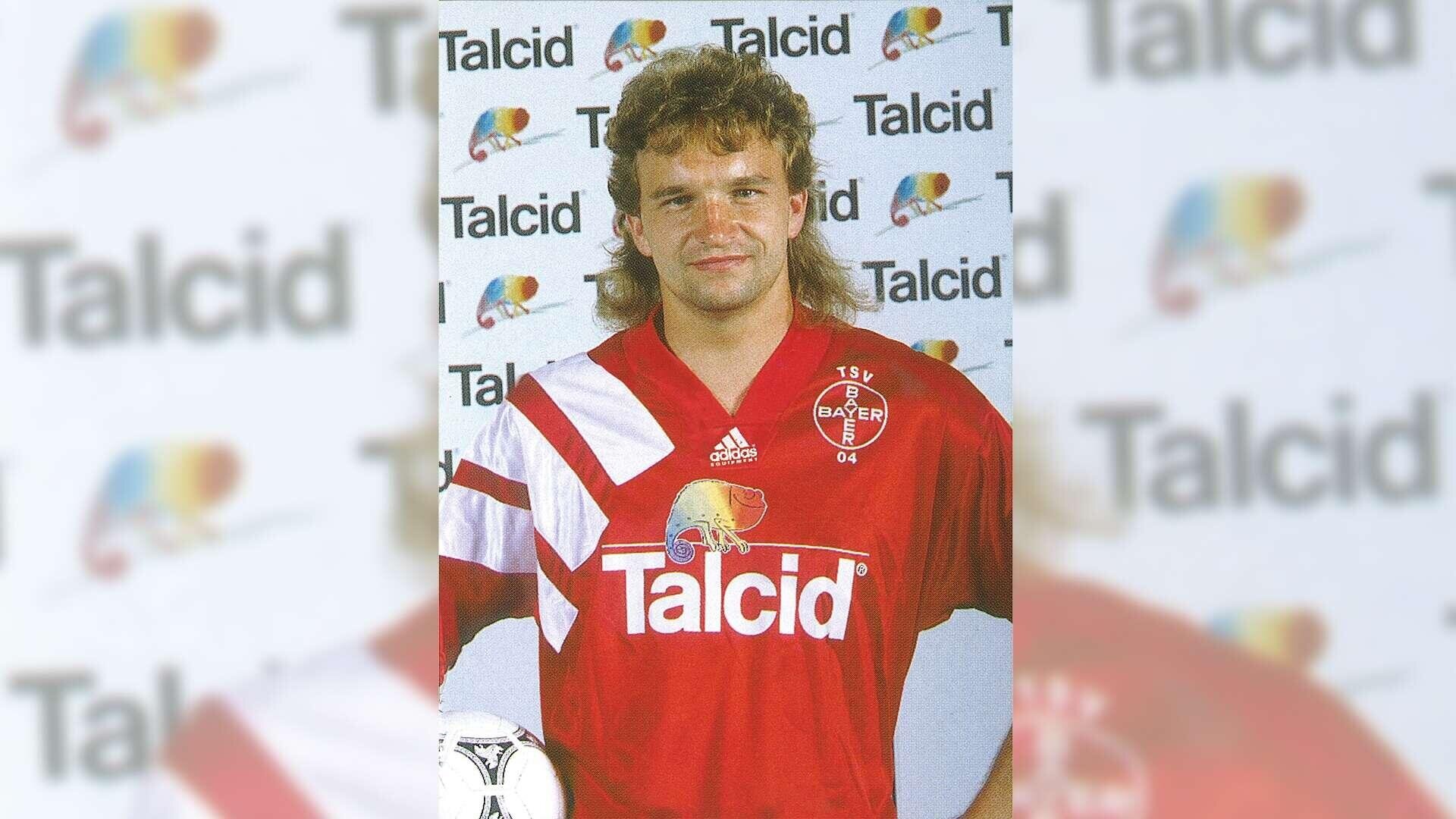
Birthday boy of the month: Heiko Scholz turns 60
Heiko Scholz was born on 7 January 1966 in Görlitz. His first club as a youth player was Dynamo Görlitz. From there, he moved up to the sports school in Dresden and played in the youth teams at SG Dynamo Dresden from 1978-1982. Not considered good enough, Scholle, as he was nicknamed, had to leave the sports school to play his last two youth years at ISG Hagenwerder. Via BSG Chemie Leipzig and 1.FC Lokomotive Leipzig, who Heiko won the DDR Pokal with in 1987 and he also reached the European Cup Winners' Cup final (a 1-0 defeat against Ajax), his path finally led him back to his favourite club, Dynamo Dresden. For one million Deutschmarks, the highest transfer fee ever paid for a player in the former GDR, he moved from Lok Leipzig to the capital of Saxony in 1990.
Show more
Legends: Stefan Kießling - goalscorer, team player and club idol
Stefan Kießling was born on 25 January 1984 in Lichtenfels, Franconia. Even as a young boy, he spent countless hours on the football pitches of his home town, chasing after the ball and dreaming of playing football. His parents supported him, but they bring him up in a down-to-earth manner - hard work, honesty and modesty are values that characterise him from an early age. His talent became apparent early on, but his ambition was even more striking. Kießling always wants to improve, wants to give more than others.
Show more
From the archives: 90 years ago - a big match in Leverkusen
On Sunday 26 January 1936, the local derby between relegation-threatened BV Wiesdorf and league leaders SSV ‘Bayer’ Leverkusen took place in the first district league of the Rhein-Wupper district. On the old BV Wiesdorf pitch, where the Leverkusen job centre is today, 1,800 spectators gather to watch the match.
Show more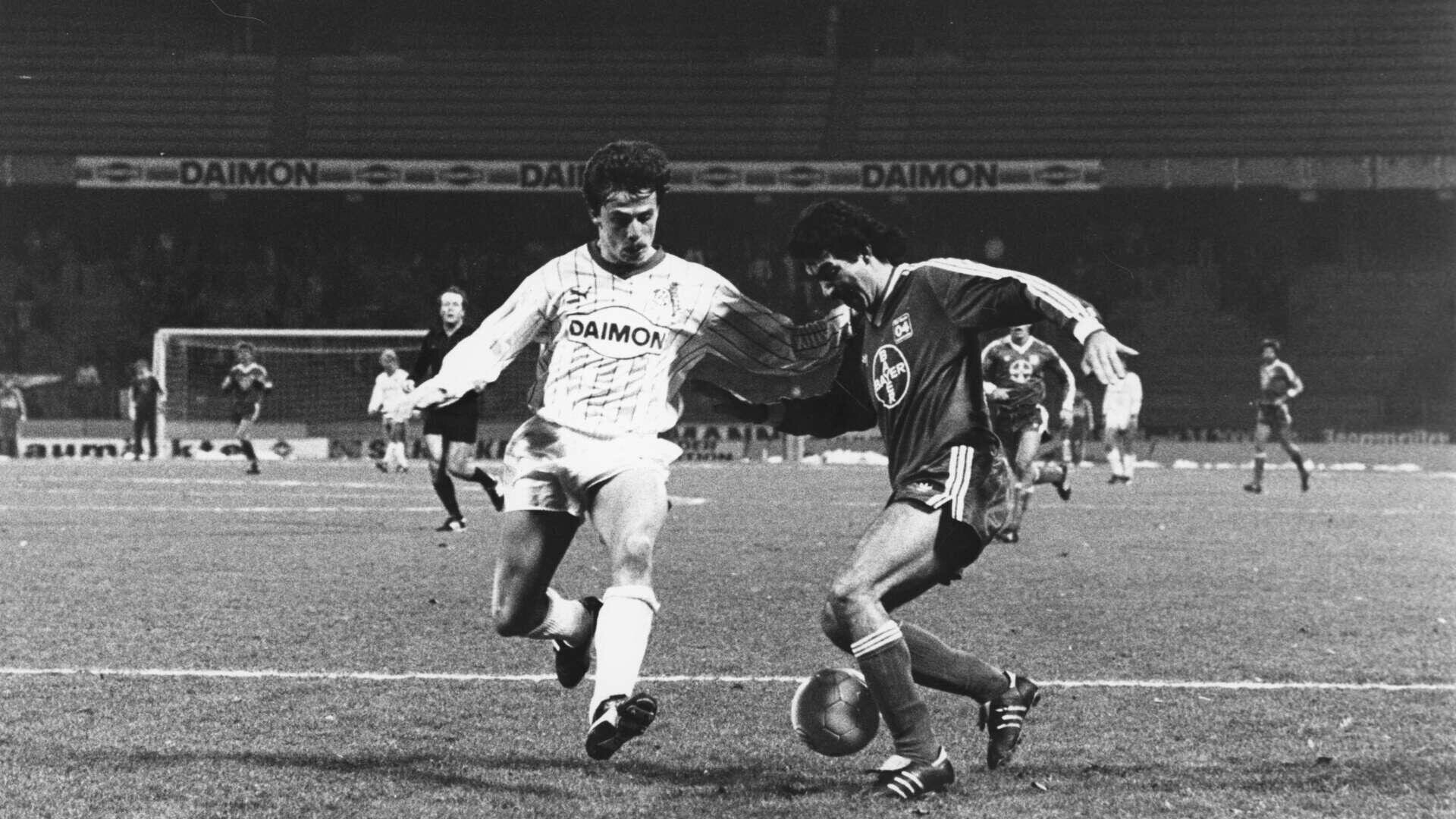
Match of the month: 40 years ago - First Bundesliga win in Müngersdorf
It is Friday, 31 January 1986, the derby in Cologne is coming up and we're full of confidence after the home win against Hamburg SV a week earlier, having turned a 2-0 deficit at the break into a 3-2 victory. In particular, the Greek amateur player Minas Hantzidis, who came on as a half-time substitute, turned the game around. Two goals from Bum-kun Cha and a penalty from Christian Schreier gave us two important points in the battle for a UEFA Cup place. We are one point behind the North Germans in fifth place in the table, six points ahead of our neighbours from Cologne.
Show more
Goals of the month: From Cha to Baumgartlinger
In this video you can see impressive and important goals in Bayer 04 history from the month of January. It's not always about the beauty of the goals, but also a reminder of special games and players.
Show more